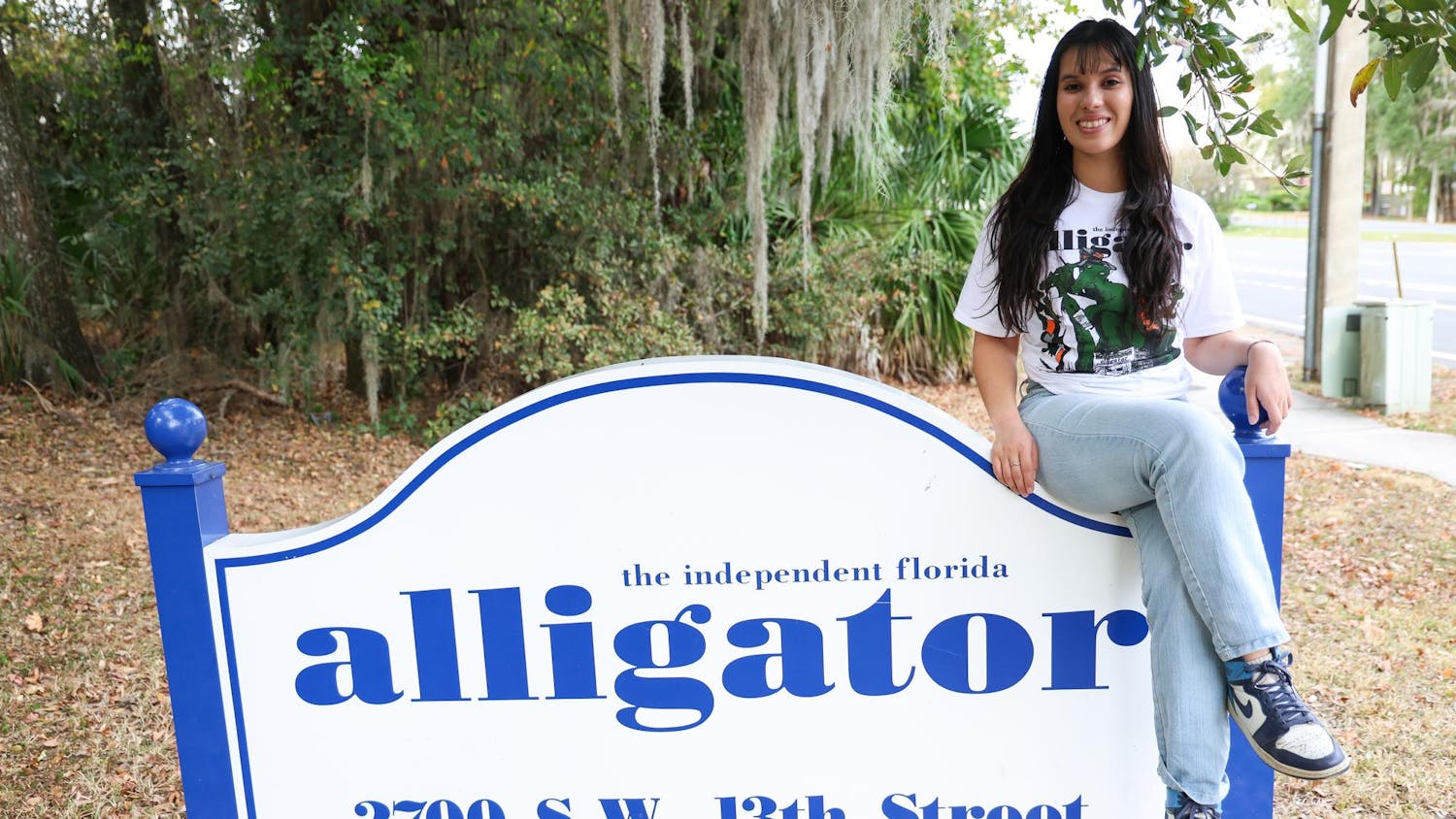Researchers led by scientists from UF and the University of Nebraska recently found a link between animals’ body size and global temperatures.
The researchers’ study, released Feb. 24 in Science magazine, shows that as temperatures increased, the size of the earliest horses decreased.
“Especially on a specific scale, what we’ve shown is climate can influence the evolution of mammals in a direct way,” said Johnathan Bloch, co-author and Florida Museum of Natural History associate curator of vertebrate paleontology.
Sifrhippus, the earliest known horse, first appeared about 56 million years ago. The horse lived during a 175,000-year span of global warming, Bloch said.
During this period, temperatures rose about 10 to 20 degrees Fahrenheit.
Horses started out about the size of miniature schnauzers, Bloch said. The researchers used the teeth to measure body size evolution.
The research traced the evolution of the 12-pound horse as it shrank to about 8 pounds — the size of a small house cat, he said. Then the horse’s weight climbed to about 15 pounds.
The size change corresponds to global warming and subsequent cooling.
Researchers also sampled oxygen and carbon atoms with varying masses in the tooth enamel of Coryphodon, which are hoofed animals associated with water environments.
Scientists have a better record of them, said co-author and UF anthropology professor John Krigbaum. The Coryphodon were sampled to get a measure of relative shift in climate.
Krigbaum said masses of the atoms were used to evaluate the changing environment and the animals’ changing diet.
He said the tooth size and atom mass changed similarly over time.
Bloch said it was about seven years ago when co-author Stephen Chester, a UF undergraduate at the time, measured horse teeth and found they weren’t the same size for the whole period. He said it was an obvious pattern as they collected more data.
“It was the first key there was something going on we didn’t know about,” Bloch said.
Contact Samantha Shavell at sshavell@alligator.org.





